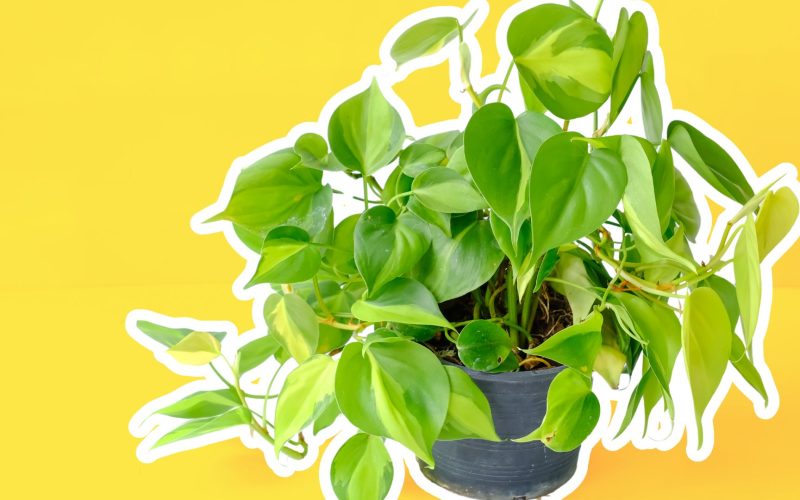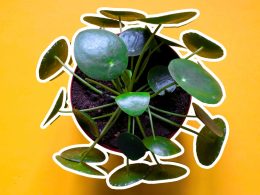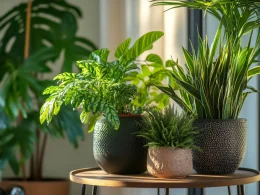Hibiscus plants can be tricky to grow indoors, often frustrating gardeners when they refuse to bloom.
Many plant lovers find their once-vibrant hibiscus struggling to produce flowers, leaving them wondering what went wrong.
Don’t worry – with the right care, you can bring your hibiscus back to its flowering glory. This guide will show you how to revive your non-blooming hibiscus and enjoy its beautiful blossoms again.
We’ll cover key factors, such as light, water, fertilizer, and pruning techniques, that help stimulate flower production.
By following these steps, you’ll be well on your way to a healthy, blooming hibiscus that brightens your home.
Understanding the Hibiscus Plant
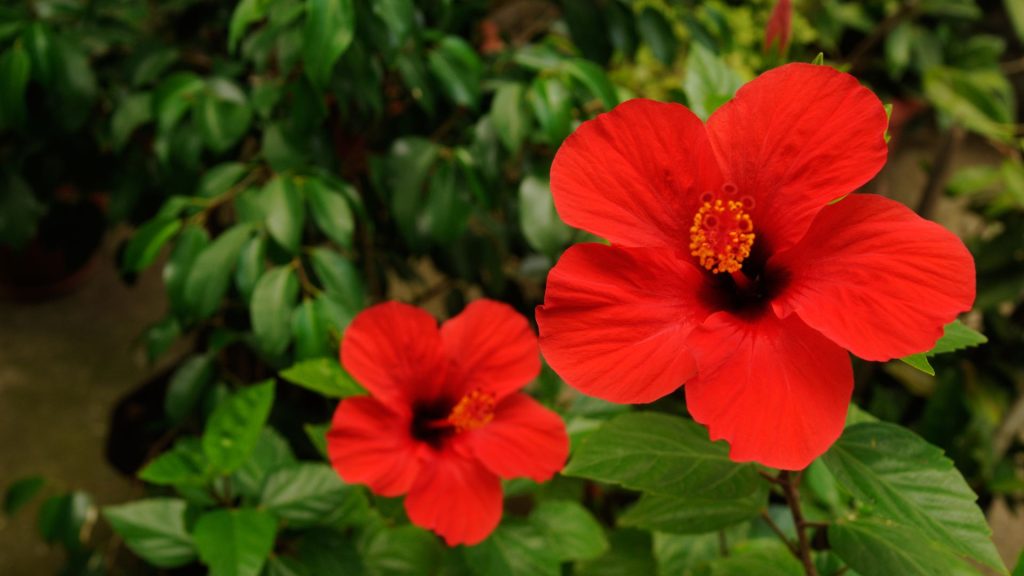
When it comes to growing hibiscus indoors, the Chinese Hibiscus (Hibiscus rosa-sinensis) is your best bet. This tropical plant can adapt well to indoor conditions, making it a popular choice for home gardeners.
There are two main types of Chinese Hibiscus you’ll find:
- Common Hibiscus: These have smaller flowers, usually about 4 inches in diameter. They often bloom more frequently and for longer periods, making them ideal for indoor growing.
- Fancy Hibiscus: These have larger, more striking flowers that can reach up to 8 inches across. While beautiful, they tend to bloom less often and may be more challenging to care for indoors.
Basic Needs of Hibiscus Plants
To keep your indoor hibiscus happy and blooming, you need to meet its basic needs:
- Light: Hibiscus plants love sunlight. Place them near a south-facing window where they can get plenty of bright light. In winter, you might need to supplement with grow lights.
- Water: These plants like consistent moisture. Water them when the top inch of soil feels dry. Be careful not to overwater, as this can lead to root rot.
- Temperature and Humidity: Hibiscus prefers warm temperatures between 60-90°F. It also likes high humidity, which can be a challenge indoors. A humidity tray or a small humidifier can help meet its moisture needs.
Initial Assessment and Immediate Actions

Assessing Plant Health
Before you can fix the problem, you need to figure out what’s wrong. Start by giving your hibiscus a thorough check-up:
- Check for Pests and Diseases: Look closely at the leaves, stems, and soil. Look for tiny bugs, sticky residue, or unusual spots on the leaves. These could be signs of pests or diseases stopping your plant from blooming.
- Evaluate Light Exposure: Is your hibiscus getting enough light? These plants need lots of bright light to bloom. If it’s in a dark corner, that could be why it’s not flowering.
- Inspect Soil Moisture Levels: Stick your finger about an inch into the soil. Your watering routine might need adjusting if it’s bone dry or soaking wet.
Corrective Measures
Once you’ve assessed the situation, take these steps right away:
- Relocate the Plant: If your hibiscus isn’t getting enough light, move it to a brighter spot. A south-facing window is often ideal. Just be careful not to shock the plant with sudden intense sunlight – gradually increase its exposure.
- Fix Your Watering Schedule: Give your plant a good drink if the soil is too dry. If it’s too wet, hold off on watering until the top inch of soil dries out. Going forward, water when the top inch of soil feels dry.
- Deal with Pests: If you spot bugs, treat your plant immediately. You can often get rid of pests by washing the leaves with a mild or insecticidal soap. For severe infestations, you might need to use a stronger treatment.
Long-Term Revival Strategies for Your Hibiscus
1. Pruning Technique
Pruning is key to keeping your hibiscus healthy and encouraging new growth:
- Timing and Methods: The best time to prune is late winter or early spring. Cut back about 1/3 of the plant’s height, focusing on old or weak branches. Use clean, sharp pruning shears to make clean cuts.
- Encouraging New Growth: Make cuts just above a leaf node (where leaves meet the stem). This stimulates the plant to produce new branches, which will eventually bear flowers.
2. Fertilization
Proper feeding is crucial for a blooming hibiscus:
- Types of Fertilizers: Use a balanced, water-soluble fertilizer with equal parts nitrogen, phosphorus, and potassium (like a 10-10-10 mix). You can also find fertilizers made specifically for hibiscus plants.
- Application: During the growing season (spring and summer), feed your plant every 2-3 weeks. In fall and winter, reduce feeding to once a month or stop altogether if the plant isn’t actively growing.
3. Repotting
Sometimes, a hibiscus needs more room to grow:
- Signs That Repotting is Needed: If roots come out of the drainage holes or the plant dries out quickly after watering, it’s probably time to repot.
- Steps to Repot: Choose a pot 1-2 inches larger in diameter than the current one. Gently remove the plant from its old pot. Trim any circling roots and place them in the new pot with fresh potting mix. Water thoroughly after repotting.
Seasonal Care Adjustments
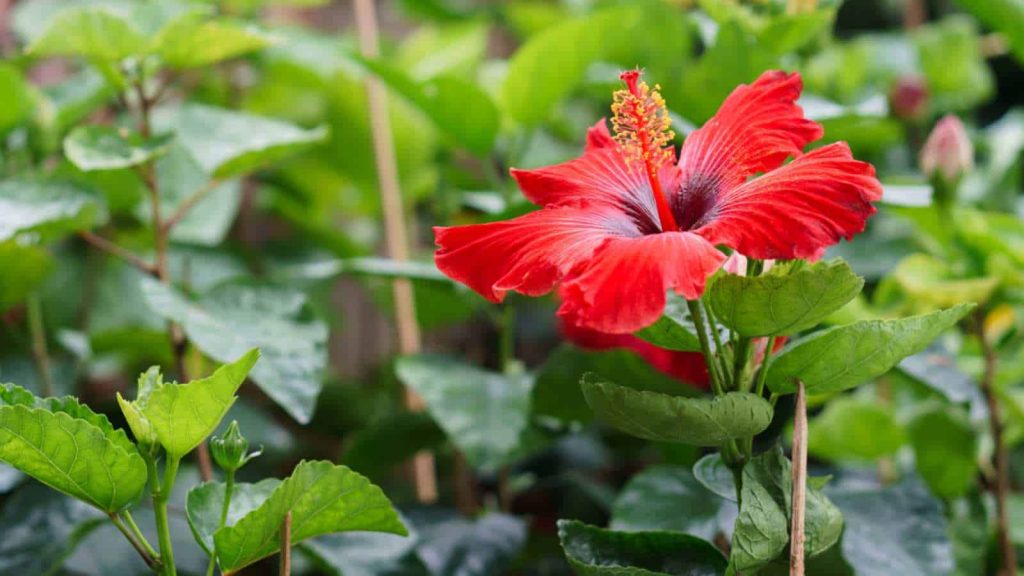
Adapting Care for Seasonal Changes
Your hibiscus needs different care as the seasons change:
- Light and Temperature: In winter, when days are shorter, move your plant to the brightest spot possible. You might need to use grow lights to supplement. Keep it away from cold drafts and heat vents. In summer, protect it from intense afternoon sun to prevent leaf burn.
- Watering and Fertilization: Water less in winter when growth slows down. Only water when the top inch of soil feels dry. Cut back on fertilizer, too – once a month is enough in winter. In spring and summer, watering increases, and the plant returns to regular fertilization as the plant starts active growth.
Preparing for Indoor and Outdoor Transitions
Moving your hibiscus between indoors and outdoors requires care.
- Outdoor Transition: When moving your plant outdoors in spring, place it in a shaded area for a few hours daily. Gradually increase its time outside and exposure to direct sunlight over 1-2 weeks. This helps prevent shock and sunburn.
- Indoor Transition: Before bringing the plant indoors for winter, check thoroughly for pests. Clean the leaves and pot to avoid bringing in unwanted bugs. Move the plant indoors before nighttime temperatures drop below 50°F (10°C). When moving back outside, wait until night temperatures consistently exceed 50°F (10°C).
Monitoring and Maintenance
Regular Health Checks
Keeping a close eye on your hibiscus is key to its health:
- Weekly Inspections: Set aside time each week to look over your plant. Check the leaves, stems, and soil for any signs of pests or diseases. Look out for discolored spots, sticky residue, or tiny bugs.
- Growth and Bloom Monitoring: Keep track of new growth and flower buds. This helps you understand if your care routine is working. If you see new leaves but no flower buds, your plant might need more light or a change in fertilizer.
Adjusting Care Based on Plant Response
Your hibiscus will tell you what it needs if you pay attention:
- Fine-Tuning Inputs: Watch how your plant responds to its current care. If leaves are pale, they might need more fertilizer. If they’re drooping, check your watering routine. Adjust light, water, and nutrients based on what you see.
- Stress Signs: Yellow leaves, drooping, or leaf drops mean something’s wrong. Determine the cause (too much water, not enough light, etc.) and fix it promptly.
- Improvement Signs: New growth, greener leaves, and flower buds show your care is working. Keep doing what you’re doing!
Conclusion
Bringing your hibiscus back to its blooming glory takes time and effort, but the results are worth it.
By following these steps – from assessing your plant’s health to making seasonal adjustments – you’re setting the stage for a vibrant, flower-filled hibiscus.
Remember, each plant is unique, so be patient and attentive to your hibiscus’s needs. Keep a close eye on its progress, and don’t hesitate to adjust your care routine as needed.
With consistent care and a little bit of plant love, you’ll soon be rewarded with beautiful, showy blooms that bring a touch of tropical beauty to your home.
So, roll up your sleeves, give your hibiscus the attention it deserves, and get ready to enjoy a stunning floral display!







